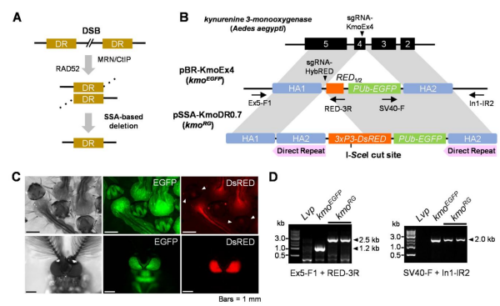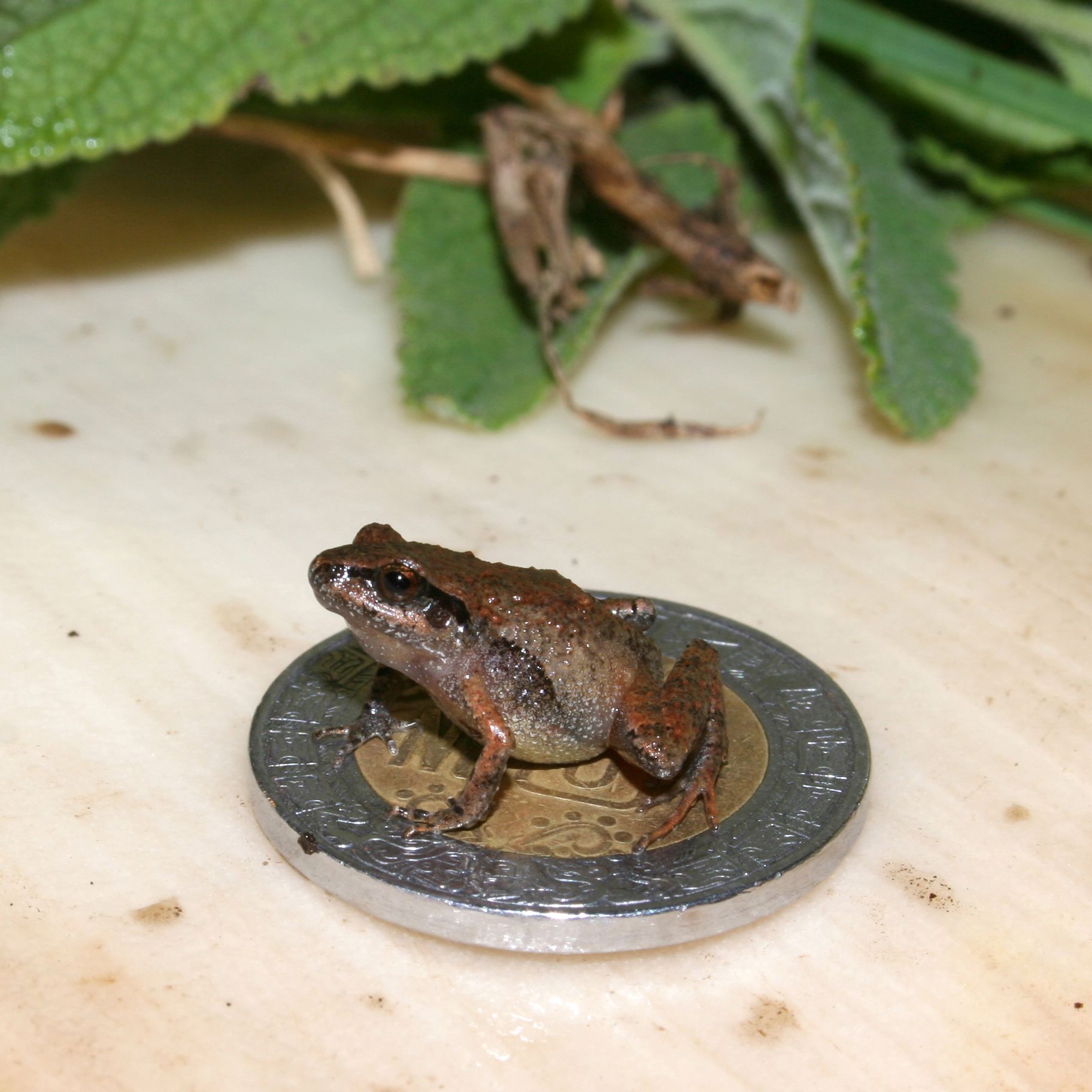一時的な遺伝子導入は、侵略的な遺伝子要素に関連するリスクを軽減する可能性があります。 Temporary transgenes may reduce risks associated with invasive genetic elements
一時的に遺伝子を変化させるメカニズムは、野生の個体群の遺伝的構成を永久に変えることなく、個体数の管理や西ナイルウイルスなどの媒介性疾患の予防に役立つ方法で蚊を改良したいと考える科学者にとって重要であろう。
彼らの試験結果を詳述した論文「黄熱病の蚊、アエジプチの自己消去トランスジーンを工学的に作る」が米国科学アカデミー紀要のPNAS Nexusに発表されました。著者であるテキサスA&M大学農学生命科学部昆虫学科のZach Adelman教授とKevin Myles教授は、複数世代にわたって蚊の集団内で編集遺伝子を除去するようプログラミングする方法について述べています。
この方法は、蚊の個体数と媒介する病気をコントロールするために開発された遺伝子組換えに対する安全装置を構築するための第一歩となるものである。アデールマンによれば、この方法は、遺伝子組換えを恒久的なものにすることなく、また、遺伝子組換えが野生の個体群に伝播する危険もなく、遺伝子組換え案をテストするためのものであるとのことである。
<関連情報>
- https://agrilifetoday.tamu.edu/2022/04/27/self-eliminating-genes-tested-on-mosquitoes/
- https://academic.oup.com/pnasnexus/advance-article/doi/10.1093/pnasnexus/pgac037/6556023?login=false
黄熱病蚊の自己消去型トランスジーンの構築 Engineering a self-eliminating transgene in the yellow fever mosquito, Aedes aegypti
Keun Chae, Chanell Dawson, Collin Valentin, Bryan Contreras, Josef Zapletal, Kevin M Myles, Zach N Adelman
PNAS Nexus Published:30 March 2022
DOI:https://doi.org/10.1093/pnasnexus/pgac037

Abstract
Promising genetics-based approaches are being developed to reduce or prevent the transmission of mosquito-vectored diseases. Less clear is how such transgenes can be removed from the environment, a concern that is particularly relevant for highly invasive gene drive transgenes. Here, we lay the groundwork for a transgene removal system based on single-strand annealing (SSA), a eukaryotic DNA repair mechanism. An SSA-based rescuer strain (kmoRG) was engineered to have direct repeat sequences (DRs) in the Ae. aegypti kynurenine 3-monooxygenase (kmo) gene flanking the intervening transgenic cargo genes, DsRED and EGFP. Targeted induction of DNA double-strand breaks (DSBs) in the DsRED transgene successfully triggered complete elimination of the entire cargo from the kmoRG strain, restoring the wild-type kmo gene and thereby normal eye pigmentation. Our work establishes the framework for strategies to remove transgene sequences during the evaluation and testing of modified strains for genetics-based mosquito control.


